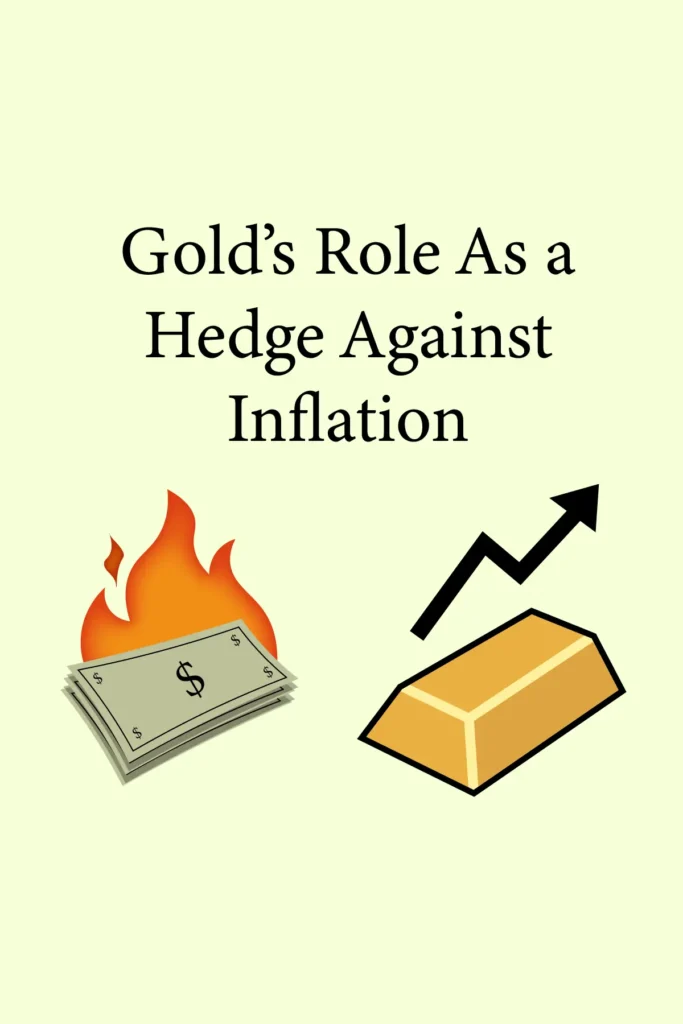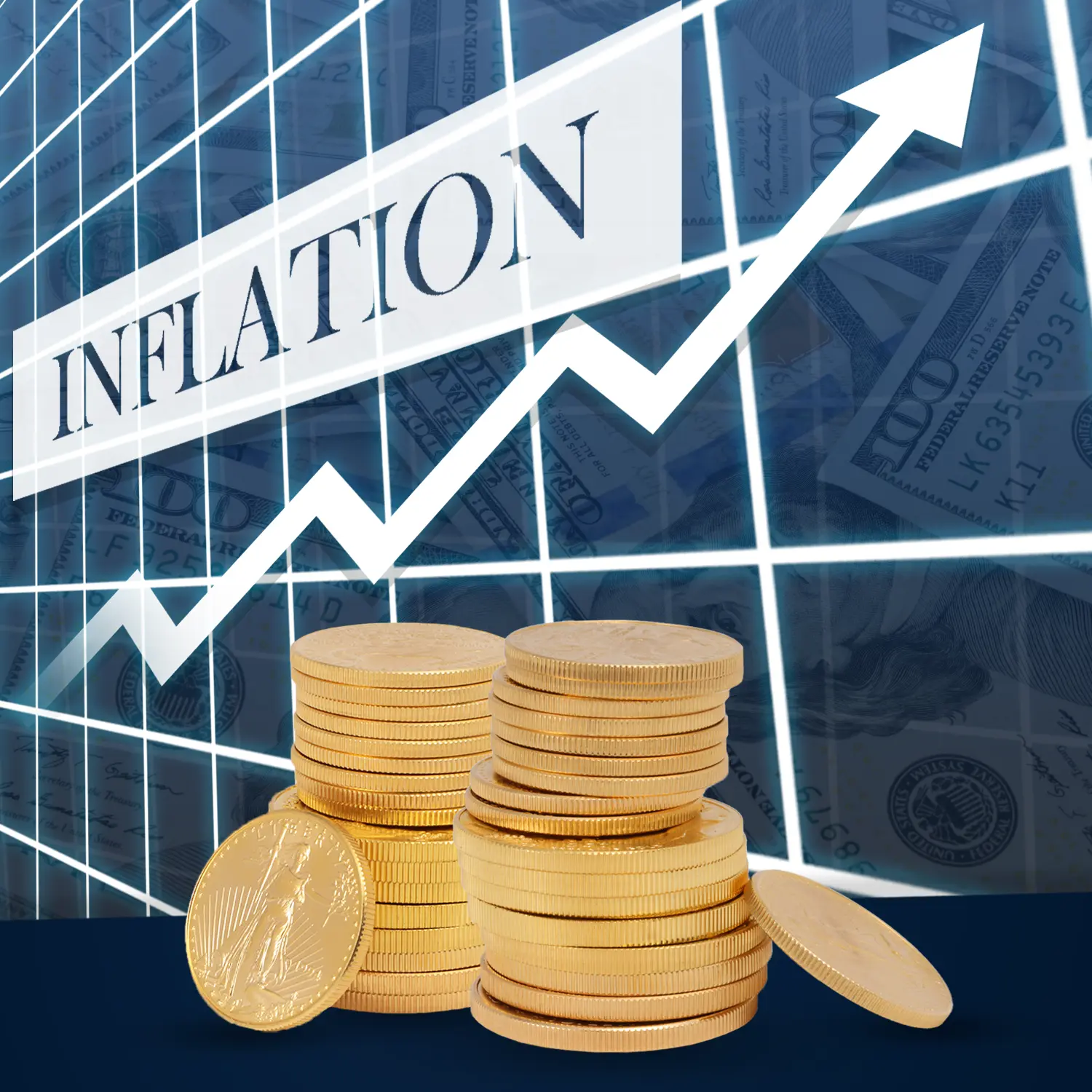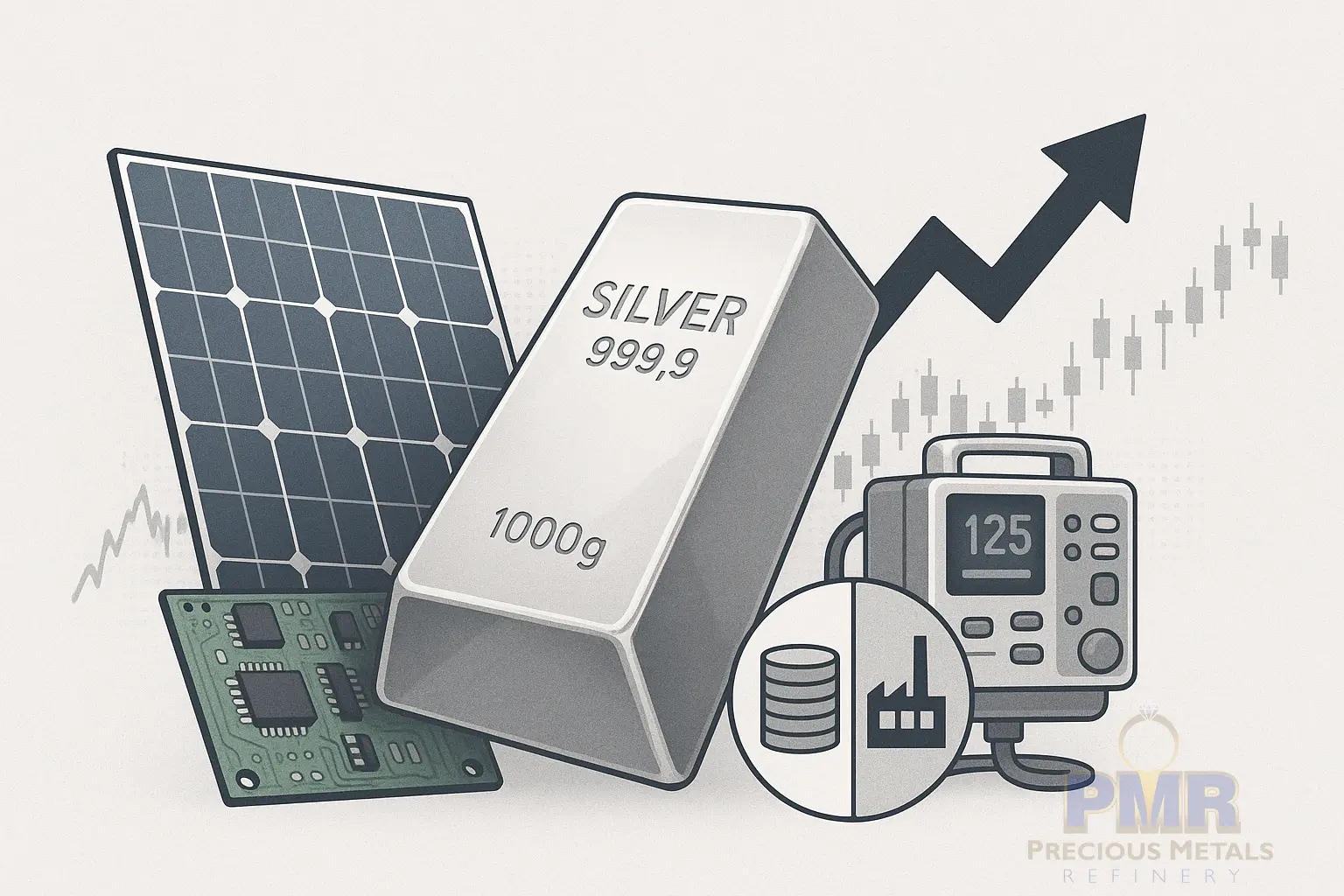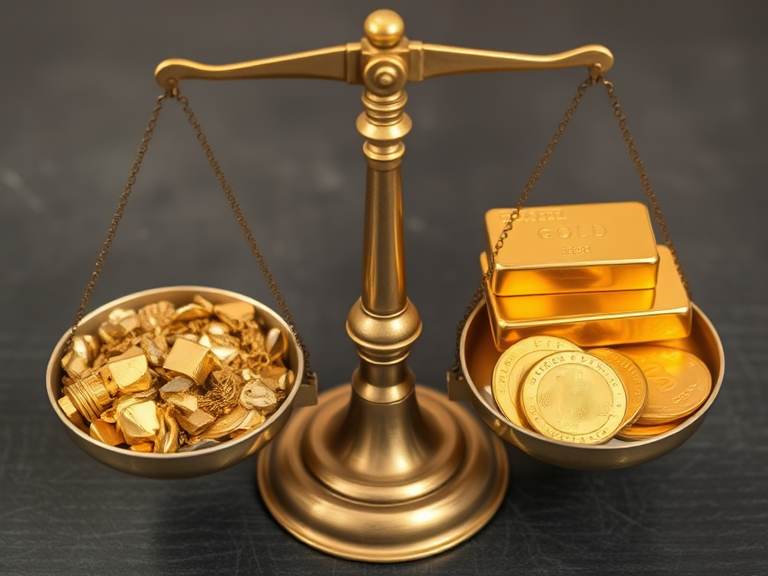A breakdown of the core factors that influence gold and silver prices. Starting with how inflation shapes demand for these timeless assets.
When gold prices surge or silver makes headlines, it’s natural to wonder why. Gold and silver don’t just randomly change in value – a mix of economic forces, market sentiment, and supply-demand dynamics drive their price swings. Understanding these factors can help explain what’s pushing gold and silver prices up or down at any given time, from long-term inflation trends to breaking news about the economy. In this post, we’ll break down the key drivers behind the price of gold and silver in a reader-friendly way.
Gold vs. Silver Overview: Both gold and silver are precious metals, but they respond to market forces in different ways. Gold is often viewed as a financial asset and safe haven, while silver has a dual role as both an investment and an industrial commodity. This means some factors affect both metals (like inflation or currency changes) and others impact them differently (like industrial demand primarily for silver). Let’s explore these determinants one by one.
How Gold Prices Are Affected by Inflation
One of the most talked-about drivers for gold is inflation. Historically, investors turn to gold as a store of value when the purchasing power of paper money falls. In times of rising prices (high inflation), gold often gains appeal as an inflation hedge. Why? Because as currencies lose value, a tangible asset like gold tends to hold or increase its value. In the late 1970s and early 1980s, for example, surging inflation coincided with a dramatic rise in gold prices as people bought gold to preserve wealth1. In essence, gold’s price tends to rise when the real value of cash and bonds is eroded by inflation2.
That said, the relationship isn’t perfectly straightforward year-to-year. Gold doesn’t automatically spike with every inflation report, because other factors (like what the Federal Reserve does in response) also come into play (we’ll cover that next). But over the long run, sustained high inflation usually supports higher gold prices. A recent example: in 2022, inflation hit multi-decade highs and there was a lot of chatter about gold as a hedge. Investors worried that inflation “can undermine the value of cash and bonds,” making gold more attractive3.
- Gold as an Inflation Hedge: When inflation rises, real returns on savings can turn negative – meaning your cash buys less over time. Many investors buy gold during such periods to protect their wealth. Demand for gold often increases during high inflation, which can push prices up. This dynamic was clearly visible during the 1970s inflation surge and has been a theme in recent years as well.
- Recent Inflation Trends: After the COVID-19 pandemic, massive economic stimulus and supply chain issues drove inflation higher. Gold’s value benefited from these inflation fears. In fact, even as inflation began easing in 2023-2024, analysts noted it remained “sticky,” contributing to a “perfect storm” that kept the market elevated in gold4. So while gold might not mirror the Consumer Price Index month-to-month, persistent inflation expectations generally lend support to gold prices.

What about silver? Silver, like gold, is also considered by some as a hedge against inflation5. During times of high inflation, silver prices often rise as investors look for hard assets similar to gold6. However, silver’s inflation relationship can be a bit more complex because of its industrial use. If inflation is accompanied by a strong economy, silver might get a dual boost (from investors and industry). But if inflation leads to economic strain, gold may outperform silver, since roughly half of silver’s demand comes from industrial uses that could slow down in a weak economy (more on that later). In short, inflation generally pushes both gold and silver up, but gold’s status as the ultimate inflation hedge is more pronounced.
Understanding what drives the price of gold and silver can help you make more confident decisions. Whether you’re buying, holding, or ready to sell, Precious Metals Refinery is here to help. Our team follows market trends closely and offers competitive payouts based on live rates. Stop by one of our locations for a free, no-obligation evaluation and see why so many people trust us when it’s time to sell gold or silver





